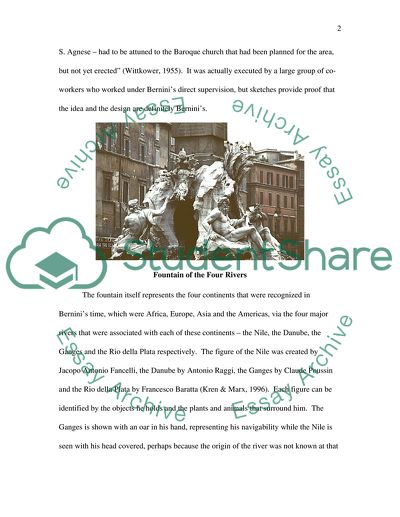Cite this document
(Public Art and the Civic Ideal in the Postmodern Age Dissertation, n.d.)
Public Art and the Civic Ideal in the Postmodern Age Dissertation. Retrieved from https://studentshare.org/visual-arts-film-studies/1704291-world-art-final-exam
Public Art and the Civic Ideal in the Postmodern Age Dissertation. Retrieved from https://studentshare.org/visual-arts-film-studies/1704291-world-art-final-exam
(Public Art and the Civic Ideal in the Postmodern Age Dissertation)
Public Art and the Civic Ideal in the Postmodern Age Dissertation. https://studentshare.org/visual-arts-film-studies/1704291-world-art-final-exam.
Public Art and the Civic Ideal in the Postmodern Age Dissertation. https://studentshare.org/visual-arts-film-studies/1704291-world-art-final-exam.
“Public Art and the Civic Ideal in the Postmodern Age Dissertation”, n.d. https://studentshare.org/visual-arts-film-studies/1704291-world-art-final-exam.


